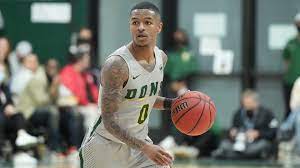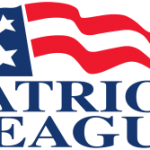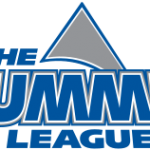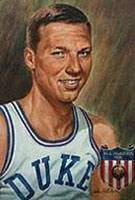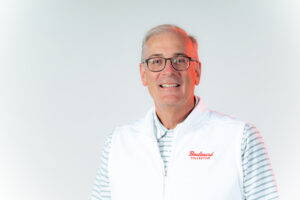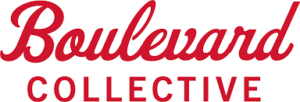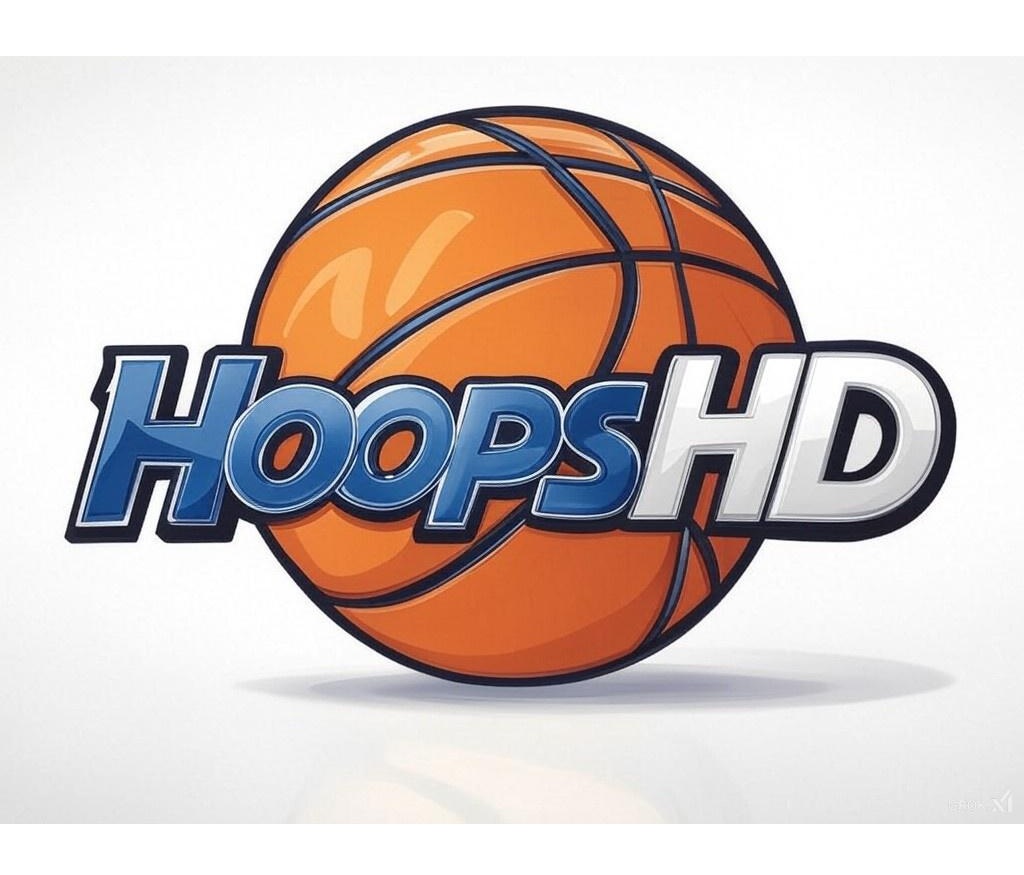We are still a few weeks away from the tip-off of the college basketball season, which means that we have plenty of time to start preparing for the action ahead. We will do so via a series of season previews featuring the best players/coaches in the country. HoopsHD’s Jon Teitel continues our coverage with San Francisco G Khalil Shabazz, who talked about making the NCAA tourney last March and his expectations for this season.
You began your college career at Central Washington: why did you decide to transfer to San Francisco? I always thought that I was good enough to play D-1 so I took a chance and tried to move up.
You played in 34 games in your 1st year with the Dons: how were you able to come in and contribute right from the start? Just being myself: pesky on defense and trying to score. The coach seemed to like that!
In January of 2020 you scored a career-high 32 PTS/10-10 FG in a 1-PT win over BYU: was it just 1 of those scenarios where every shot you put up actually went in because you were “in the zone”? Absolutely! We really needed that game to be in the right position during the conference tourney. I trusted myself and all of my shots went in that day.
You also led the conference with 56 STL that year: what is the key to playing great defense? You need to be a dog and have heart and never stop. You can take a break on offense but not on defense. You have to trust your instincts/reflexes, which is what my high school coach instilled in me.
As a junior you had your 2nd career block…which happened to be against 7’3″ Mattias Markusson: where does that rank among the highlights of your career? I would not say it is that high but it was cool. I did not pin his shot against the backboard or anything: I just got a piece of it as he was going up.
Last year you led the team with 84.5 FT%: what is the secret to making FTs? Reps/practice. You need to shoot as many as you need to feel focused. On the road there are a lot of people screaming at you so you need to lock in. You should be able to make them with your eyes closed because you have shot them so many times. I plan on being at 90% this year.
You are 0-8 in your career vs. Gonzaga: as someone who is very familiar with them, where do you rank them among the best teams in the nation? I think they have made it to the Sweet 16 for 7 years in a row so you would have to include them among the best in the country. Last year they had Chet Holmgren blocking shots down low and some good guard play: I would say that team was maybe top-5 in Gonzaga history.
In the 2022 NCAA tourney you scored 3 PTS in a loss to Murray State: what did you learn from that game that you think will help you this year? Not to lose confidence. I knew how delicate that game was and how bad my team needed me. I need to stay consistent and not worry about the last shot but rather the next shot. You need to trust yourself.
Your brother Shadeed plays college basketball: who is the best athlete in the family? Me, for sure! My brother is dope: we have a bunch of records together in the state of Washington. He took his team in Alaska last year to the D-2 tourney and averaged about 30 PPG: he is a Seattle legend.
What are your goals for this season, and what are your expectations for this season? Just to play to the best of my ability. I want to be a 50-40-90 shooter who is super-efficient. Obviously we want to get back to March Madness and win some games once we get there. Last year taught me a lot about the future so I will do whatever I can to help my team win.

